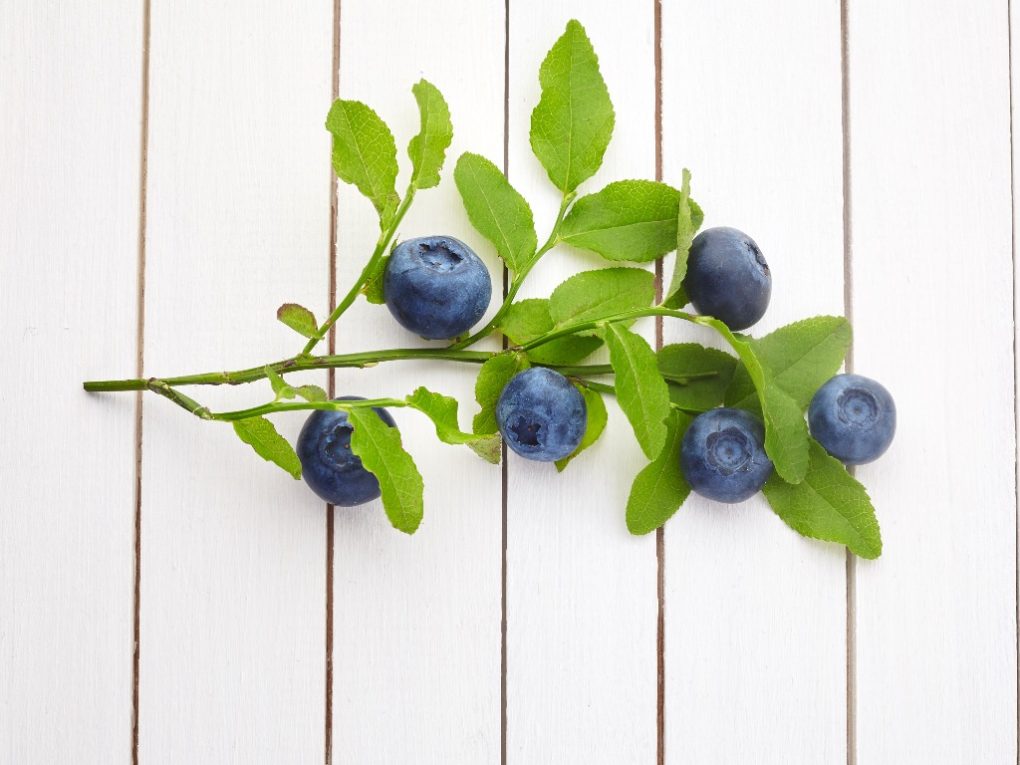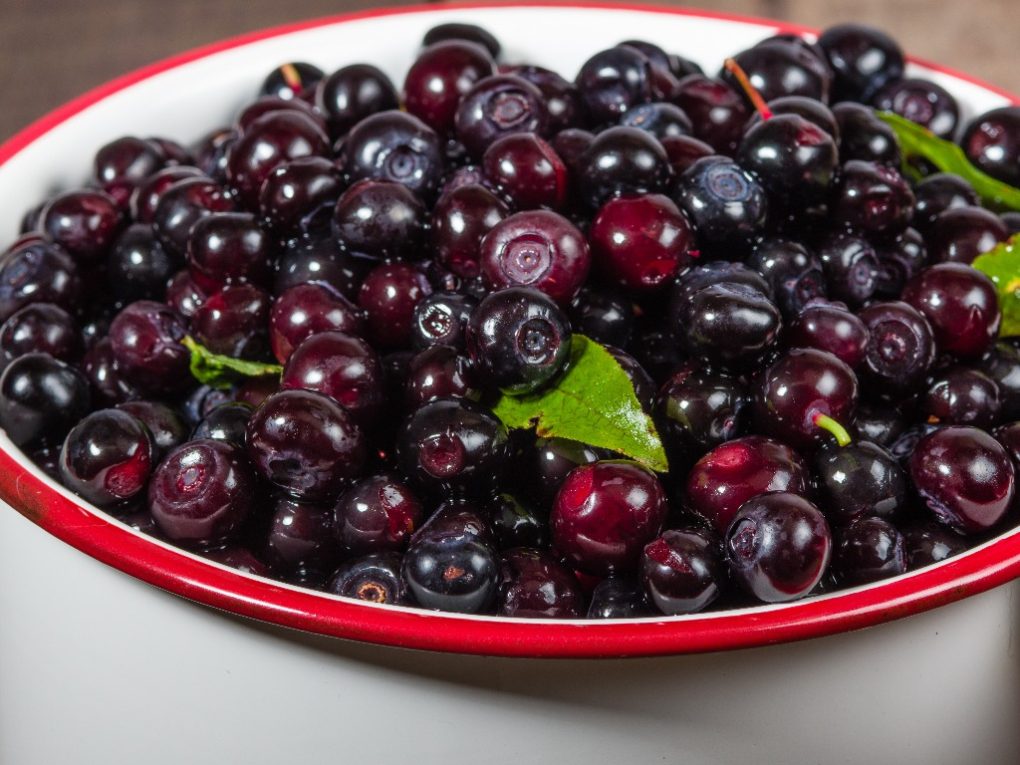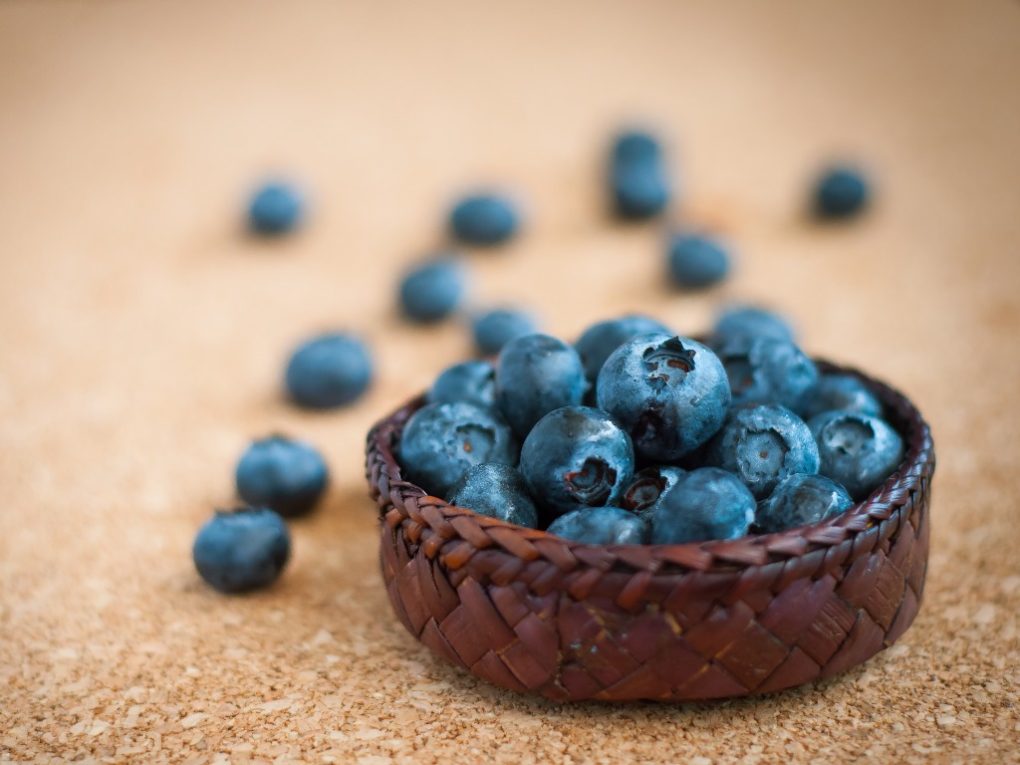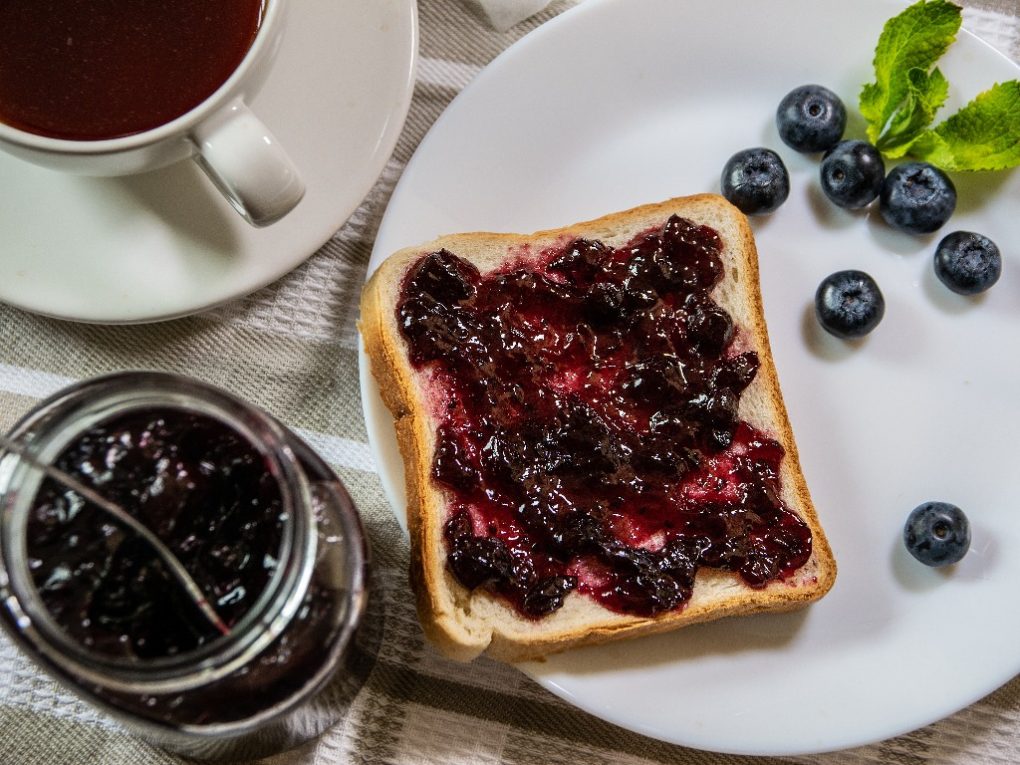Blueberries vs. Huckleberries: Which Berry Comes Out on Top?
Blueberries and huckleberries are two of the most popular berries in North America. They are often confused because of their similar appearance, but their distinct differences set them apart. Both berries are packed with nutrients and antioxidants and can be used in various dishes.

One of the most noticeable differences between blueberries and huckleberries is their taste. Blueberries are sweet and juicy, while huckleberries have a sharp, tart flavor. Huckleberries also tend to have a stronger flavor profile than blueberries because they contain more flavor-causing chemicals like malic acid. Also, huckleberries have a unique aroma, often musky or earthy.
Another difference between the two berries is their size and color. Blueberries are typically smaller and have a darker blue color, while huckleberries are larger and have a wide variety of colors from red to blue to black. Huckleberries also have larger seeds than blueberries, which can be a nuisance when eating them raw.
Table of Contents
Appearance and Taste
Blueberries and huckleberries are both small, round, and plump berries. Blueberries are typically a dark blue, while huckleberries can range from red to blue to black. Blueberries have smooth skin, while huckleberries have slightly wrinkled skin.
Regarding taste, huckleberries are known for their sharp, tart flavor, while blueberries are juicy and sweet. Huckleberries are believed to be tastier than blueberries, with a more concentrated flavor. Huckleberries are also sweeter and tartier than blueberries.

Blueberries have a milder taste than huckleberries, are less tart, and have a slightly sweet flavor. Blueberries are often described as having a “blueberry” taste, while huckleberries have a unique flavor profile.
It’s worth noting that blueberries and huckleberries have different varieties, each with a unique taste and appearance. Overall, the taste and appearance of blueberries and huckleberries can vary depending on the specific type and growing conditions.
Nutritional Value
Blueberries and huckleberries are both known for their nutritional value, while they share some similarities, there are also notable differences between the two.
| Nutrients | Blueberries | Huckleberries |
| Calories | 84/cup | 60/cup |
| Carbohydrates | 21 g | 22 g |
| Fiber | 4 g | 8 g |
| Protein | 1 g | 1 g |
| Vitamin C | 24% RDI | 14% RDI |
| Vitamin K | 36% RDI | 20% RDI |
| Vitamin E | 5% RDI | 8% RDI |
| Copper | 5% RDI | 10% RDI |
| Manganese | 24% RDI | 30% RDI |
Cultivation and Availability
Blueberries are relatively easy to cultivate and are available in different grocery stores and farmers’ markets. They thrive in acidic soil with a pH between 4.0 and 5.5 and require full sun to produce the best fruit. Blueberries grow on shrubs that can reach up to 6 feet tall and should be planted in the early spring. They take about three years to reach maturity and produce their first crop.

However, Huckleberries are more difficult to cultivate and are less widely available than blueberries. They grow best in acidic soil with a pH between 4.5 and 5.5 and require partial shade. Huckleberries are typically found growing wild in forests and mountainsides and are often harvested by hand. They are not commonly cultivated commercially, but some small-scale farmers are starting to grow them for local markets.
While blueberries are available in various varieties, huckleberries are typically sold as a single species. Huckleberries are more perishable than blueberries and have a shorter shelf life, which makes them less widely available. They are often sold fresh or frozen and sometimes used in jams, jellies, and other preserves.
Uses in Cooking
Baked Goods
- Muffins: Blueberry and huckleberry muffins are classic baked goods that are easy to make and delicious. The berries can be mixed into the batter or placed on top for a more decorative look.
- Cakes: Blueberry and huckleberry cakes can be made in various styles, from simple sheet cakes to elaborate layer cakes. The berries can be folded into the batter or filled between layers. I made a blueberry cake for my dad’s birthday, which became the family favorite!
- Pies and tarts: Blueberry and huckleberry pies and tarts are a favorite summer dessert. The berries can be mixed with sugar, flour, and spices to make a simple filling baked into a flaky crust.
- Breads: Blueberry and Huckleberry breads are tasty and nutritious snacks or breakfast options. The berries can be folded into a quick bread batter or a yeasted bread dough for a fruity flavor.
- Pancakes and waffles: Blueberries and huckleberries can be added to pancakes or waffle batter for a sweet and tangy breakfast treat. They can be served with butter and syrup or whipped cream and fresh berries.
Sauces and Syrups
Blueberry and huckleberry syrup is a delicious topping for pancakes and waffles. The berries are cooked with sugar and water to make a sweet, tangy syrup perfect for breakfast. It can also be a unique BBQ sauce, a flavorful sauce perfect for grilling. The berries are cooked with vinegar, ketchup, and spices, making a tangy and sweet sauce perfect for chicken, pork, and beef.
Blueberry and huckleberry salad dressing is a unique and flavorful dressing that is perfect for summer salads. The berries are blended with vinegar, oil, and spices to make a sweet, tangy dressing perfect for fruit and green salads.

Jam and Jelly: Blueberry and huckleberry jam and jelly are classic condiments for toast and biscuits. The berries are cooked with sugar and pectin for a sweet and flavorful spread.
Health Benefits
- Antioxidants: Both blueberries and huckleberries are rich in antioxidants, which can protect the body against damage from free radicals. According to the National Center for Complementary and Integrative Health, antioxidants can help reduce the risk of chronic diseases such as cancer, heart disease, and Alzheimer’s.
- Anti-inflammatory: Blueberries and huckleberries have anti-inflammatory properties, which can help reduce inflammation in the body. Chronic inflammation has been linked to many diseases, so consuming these berries may help reduce the risk of these diseases.
- Digestive health: Both blueberries and huckleberries are high in fiber, which can promote digestive health. Fiber keeps the digestive system functioning properly and can help prevent constipation, bloating, and other digestive issues.
- Brain health: Both blueberries and huckleberries contain compounds that improve cognitive function and memory. These compounds may help reduce the risk of age-related cognitive decline and dementia.
- Heart health: Blueberries and huckleberries contain compounds that can help reduce cholesterol levels and lower blood pressure, which can help reduce the risk of heart disease.
